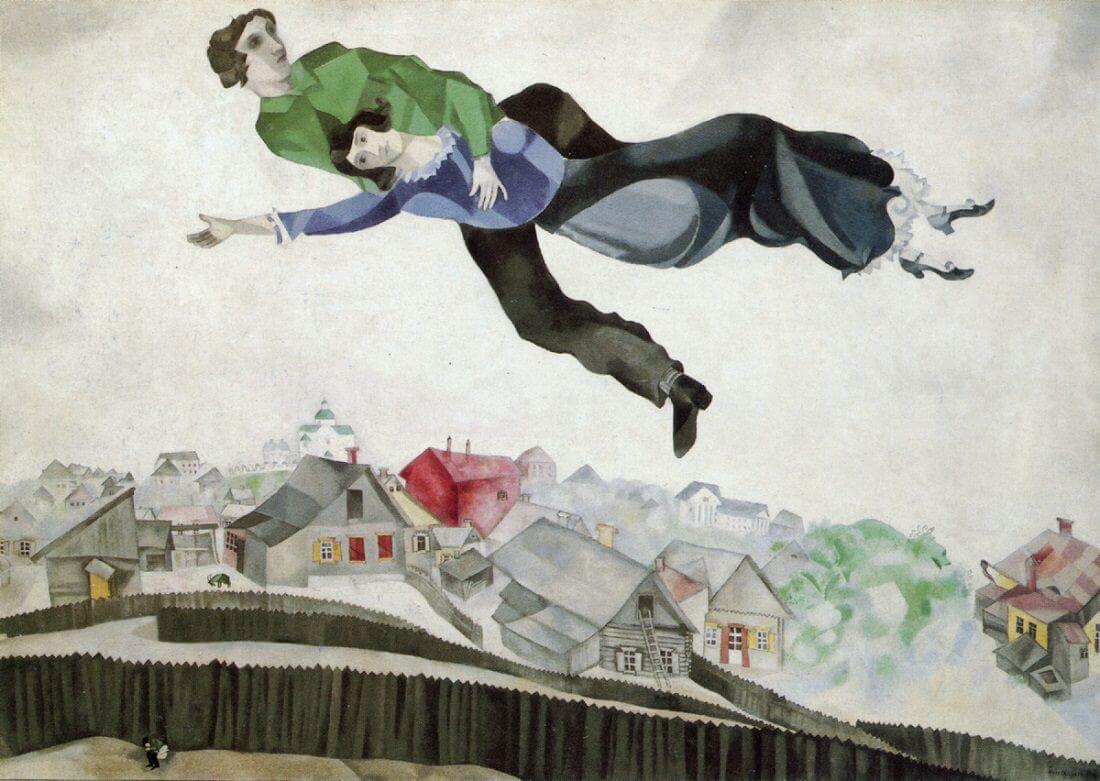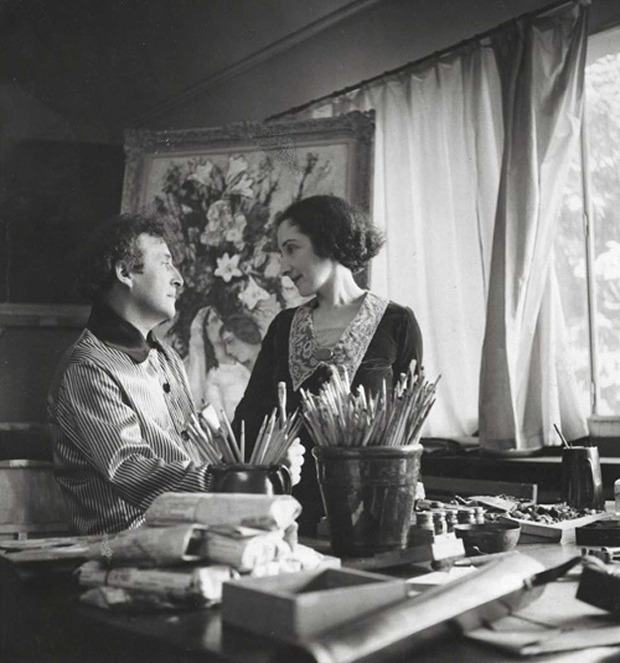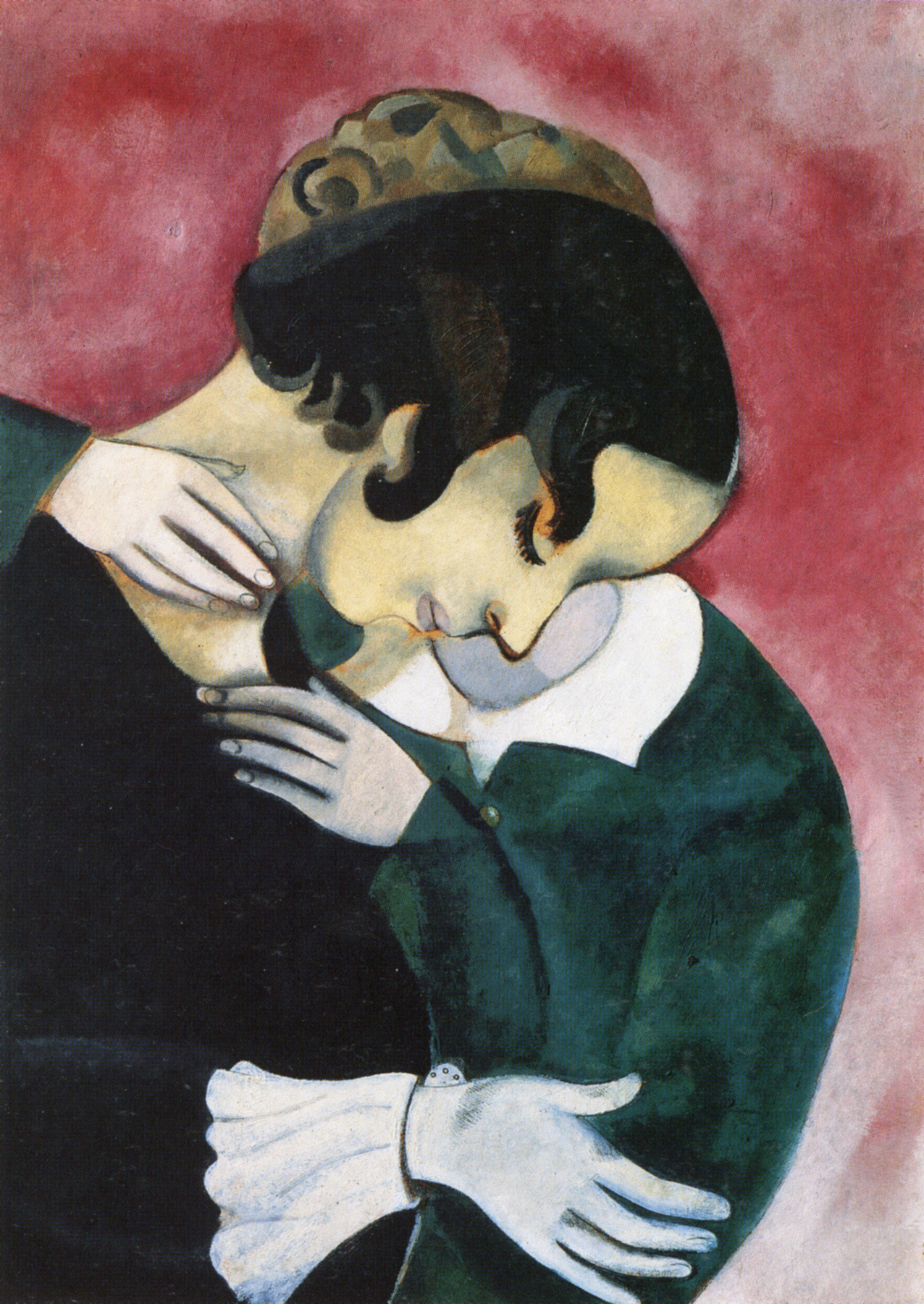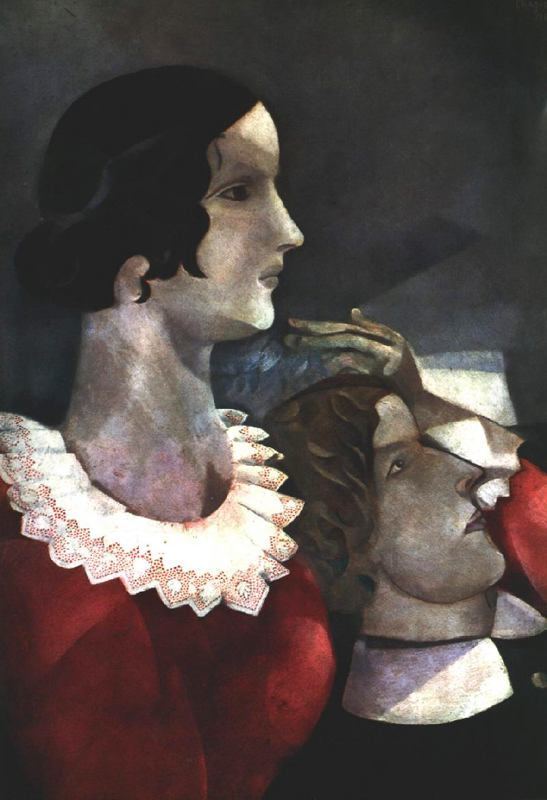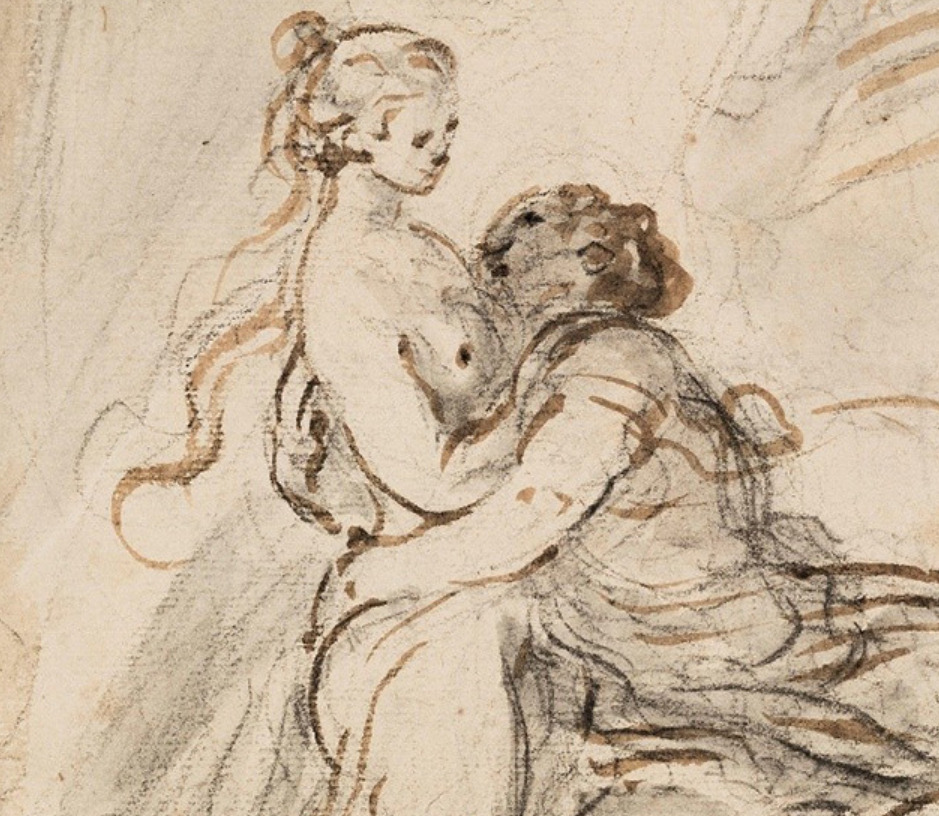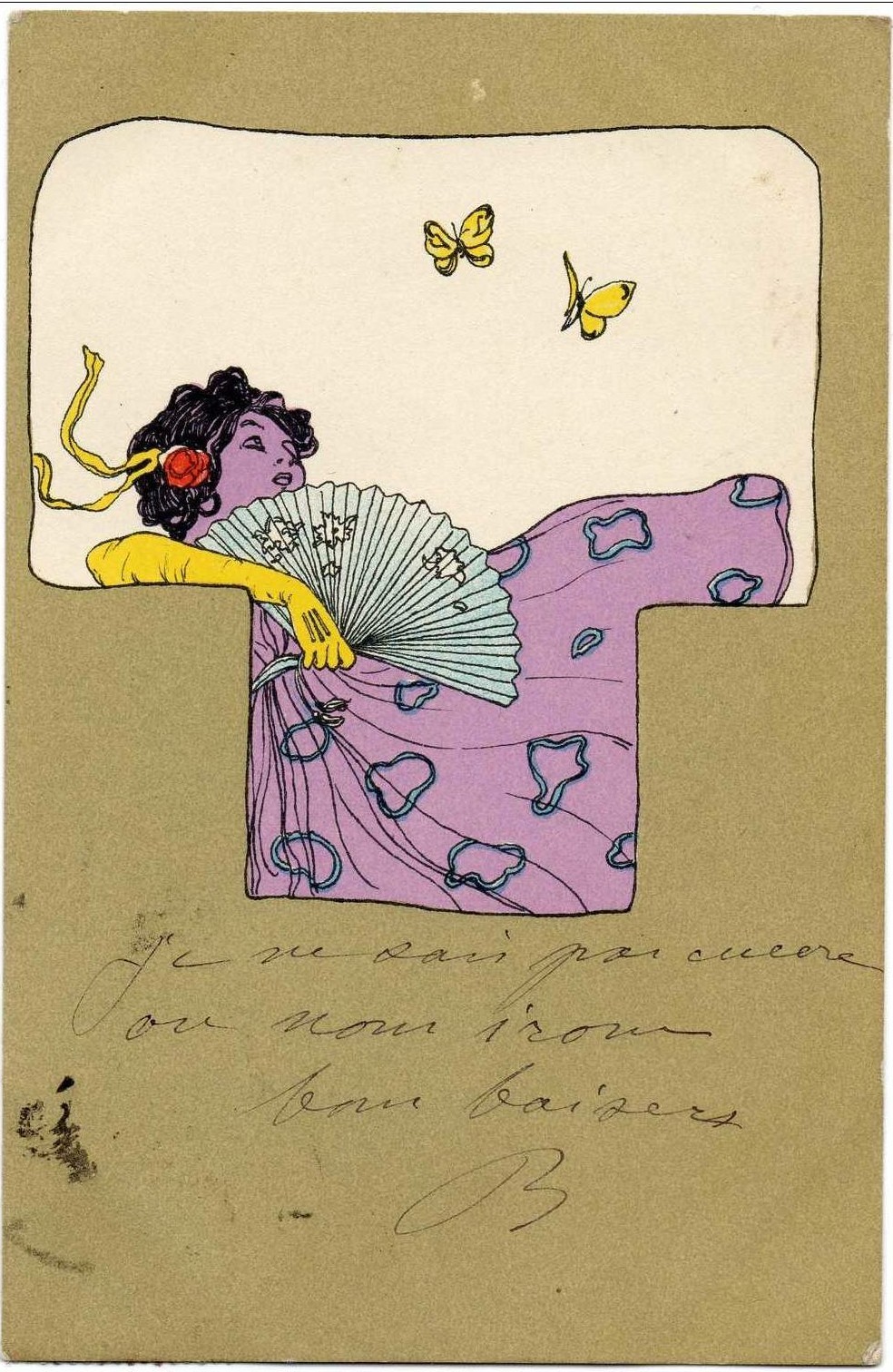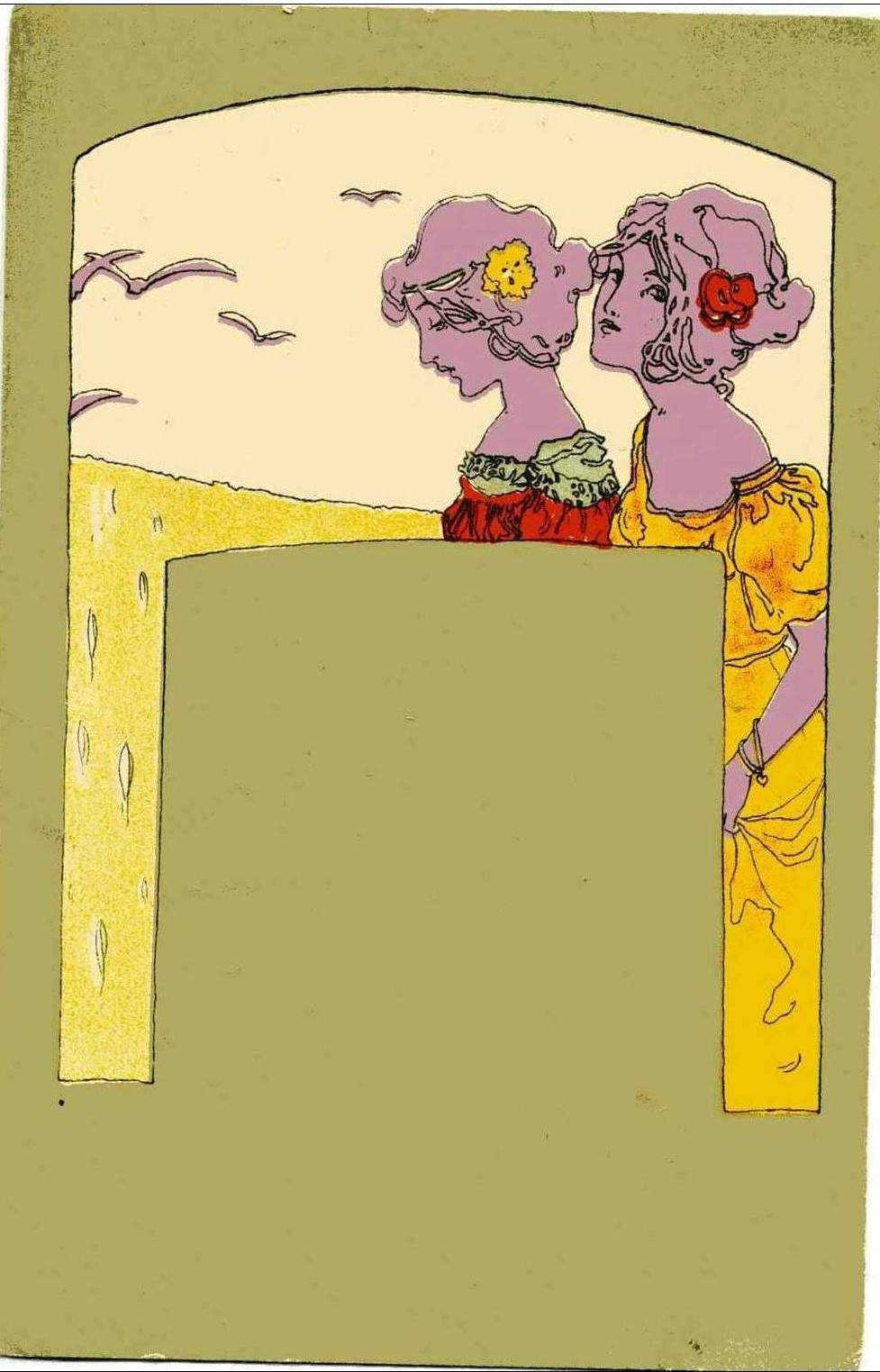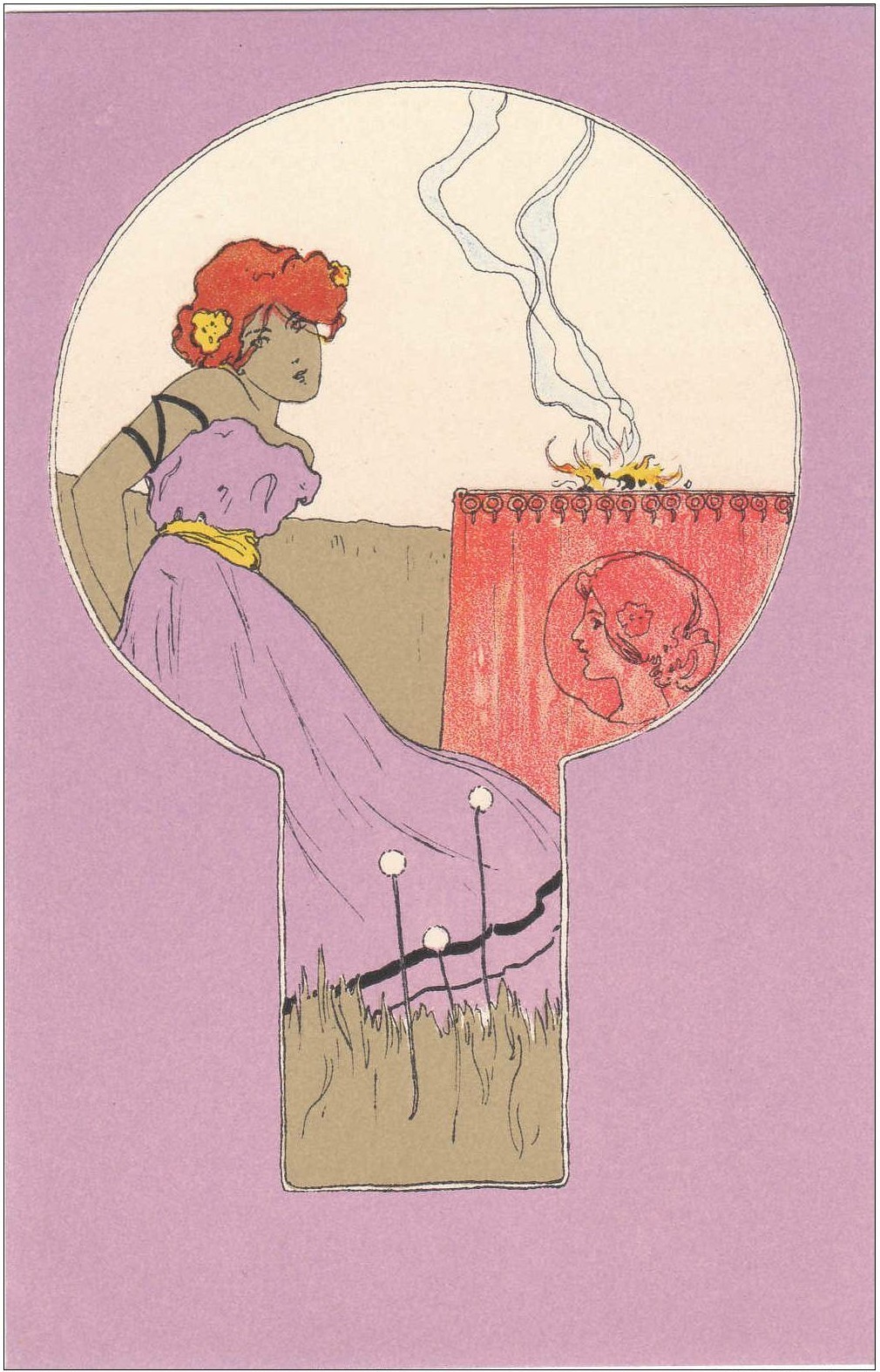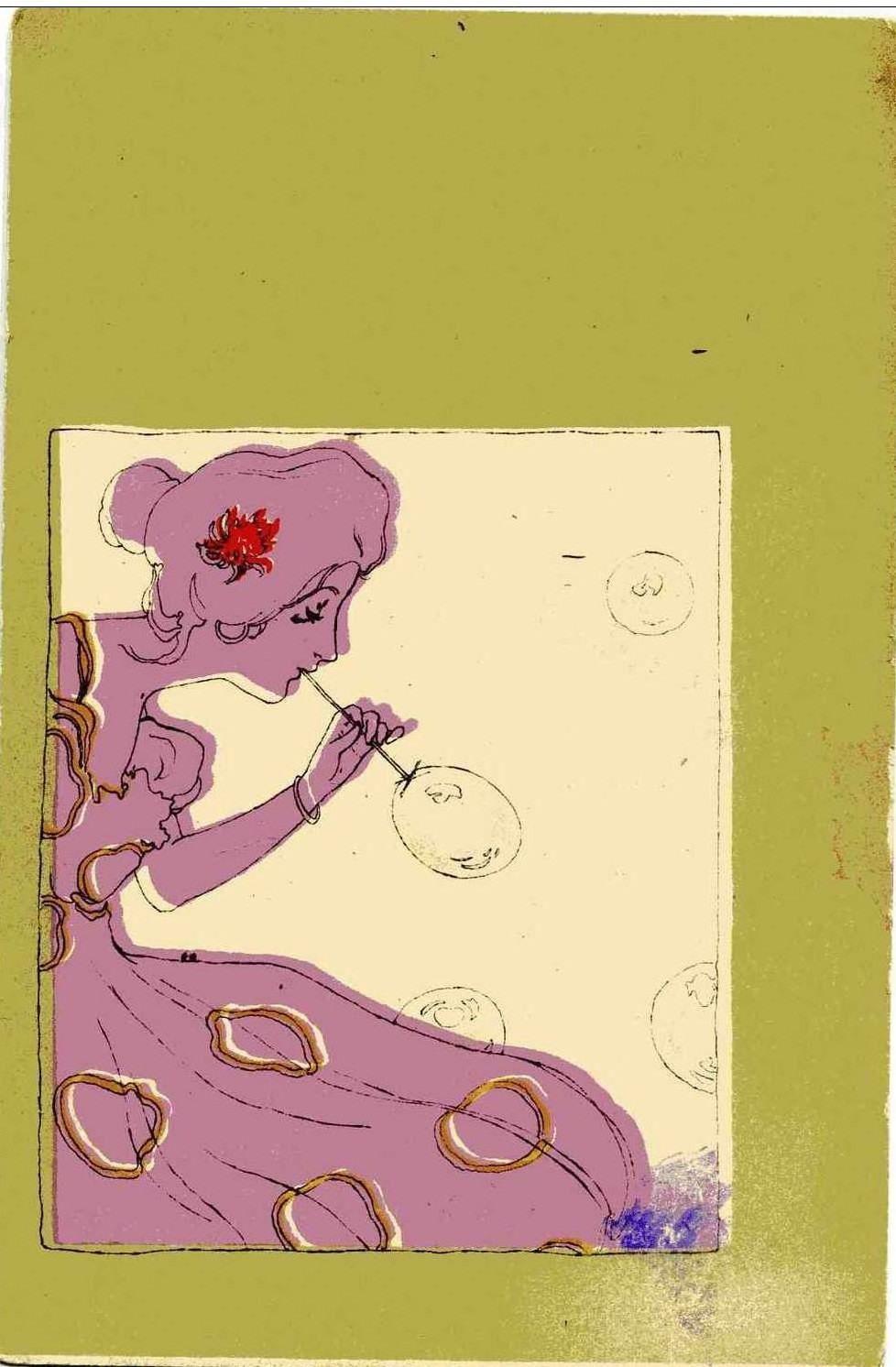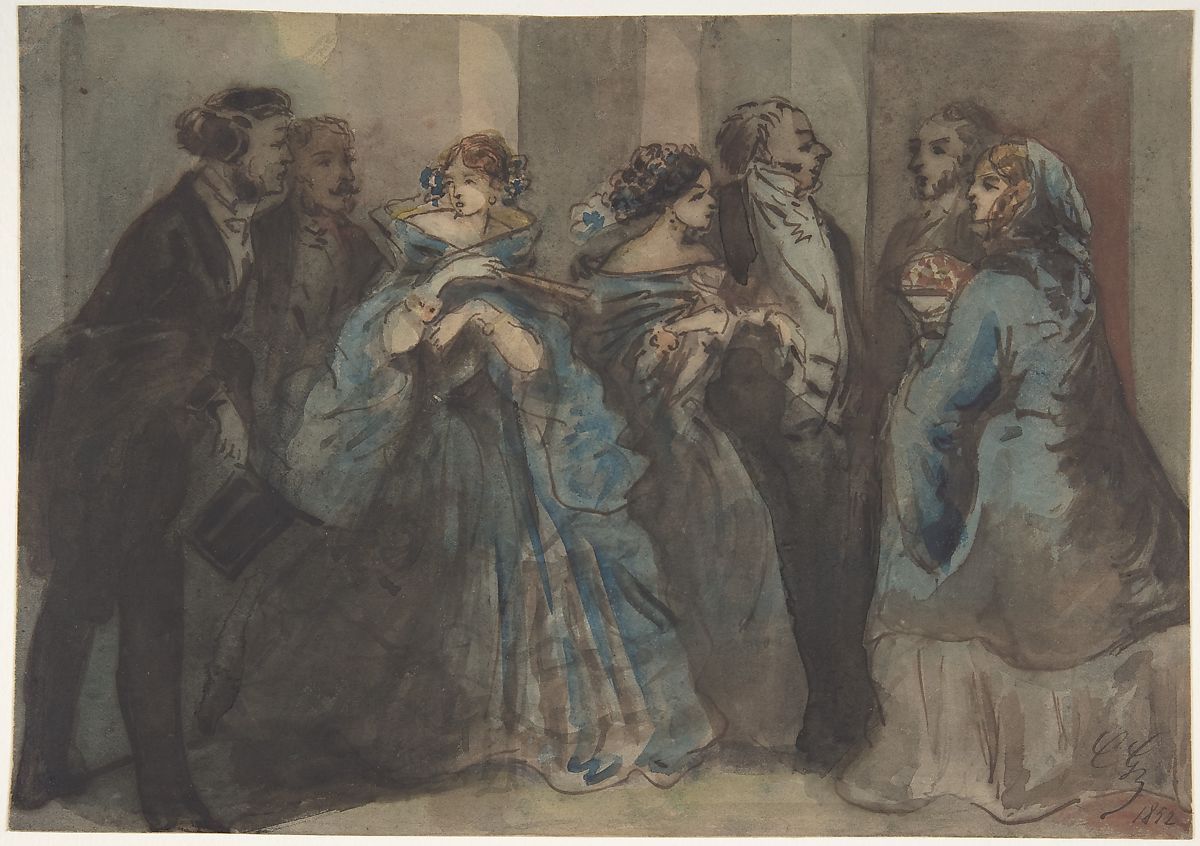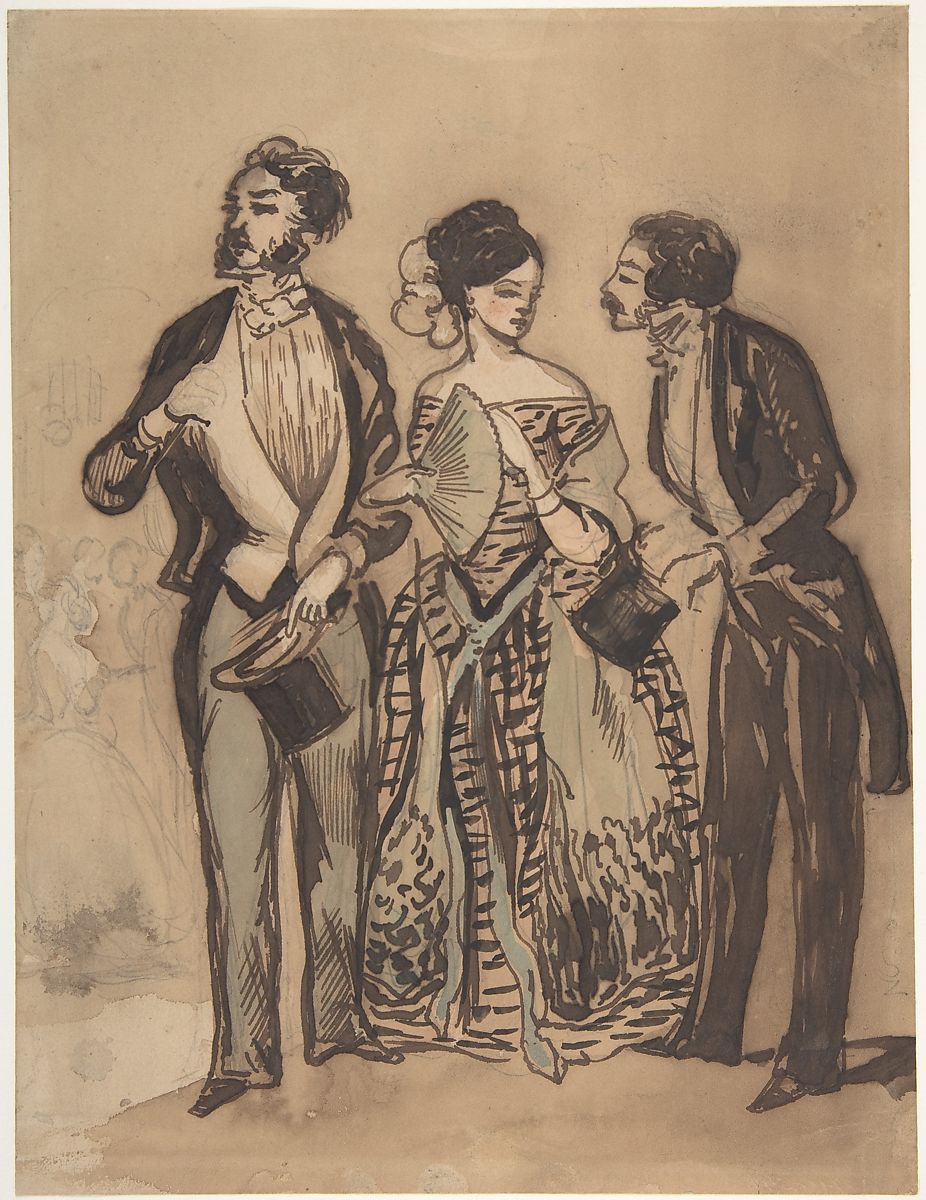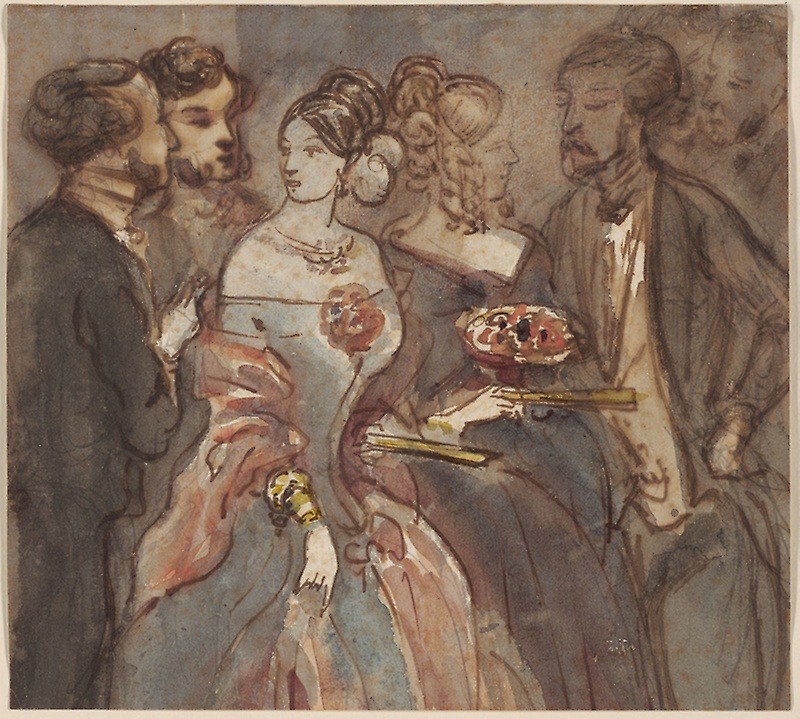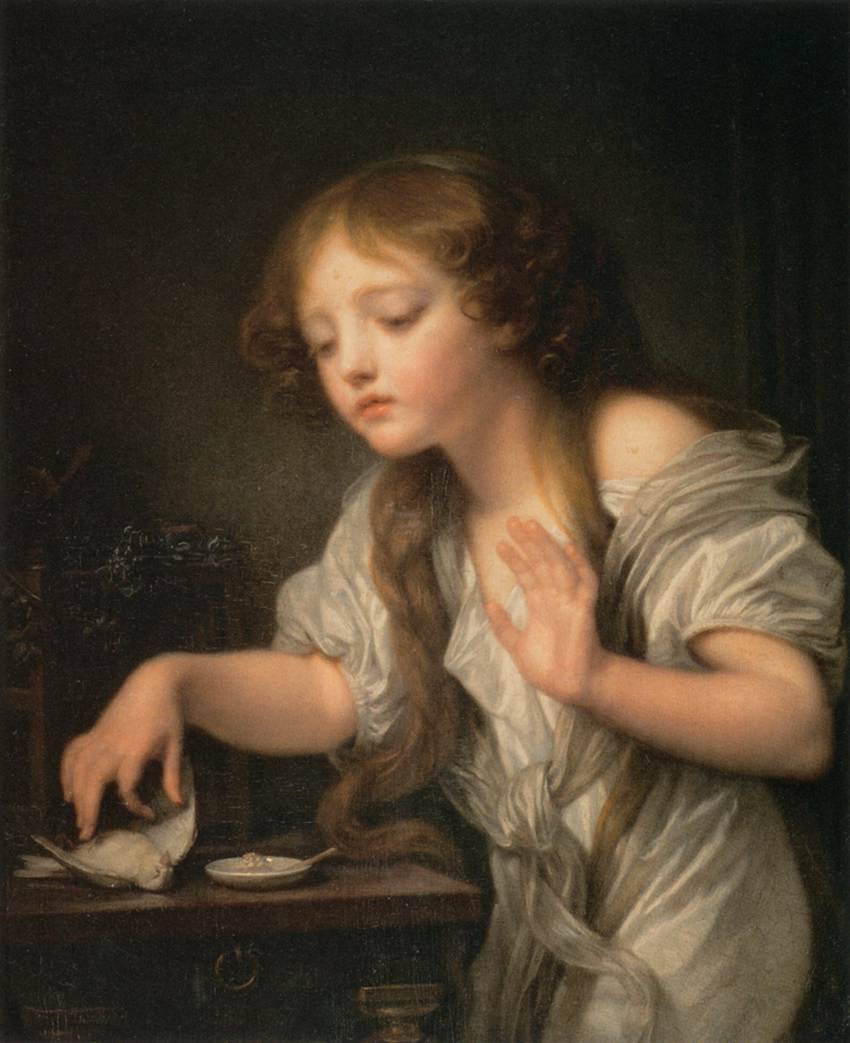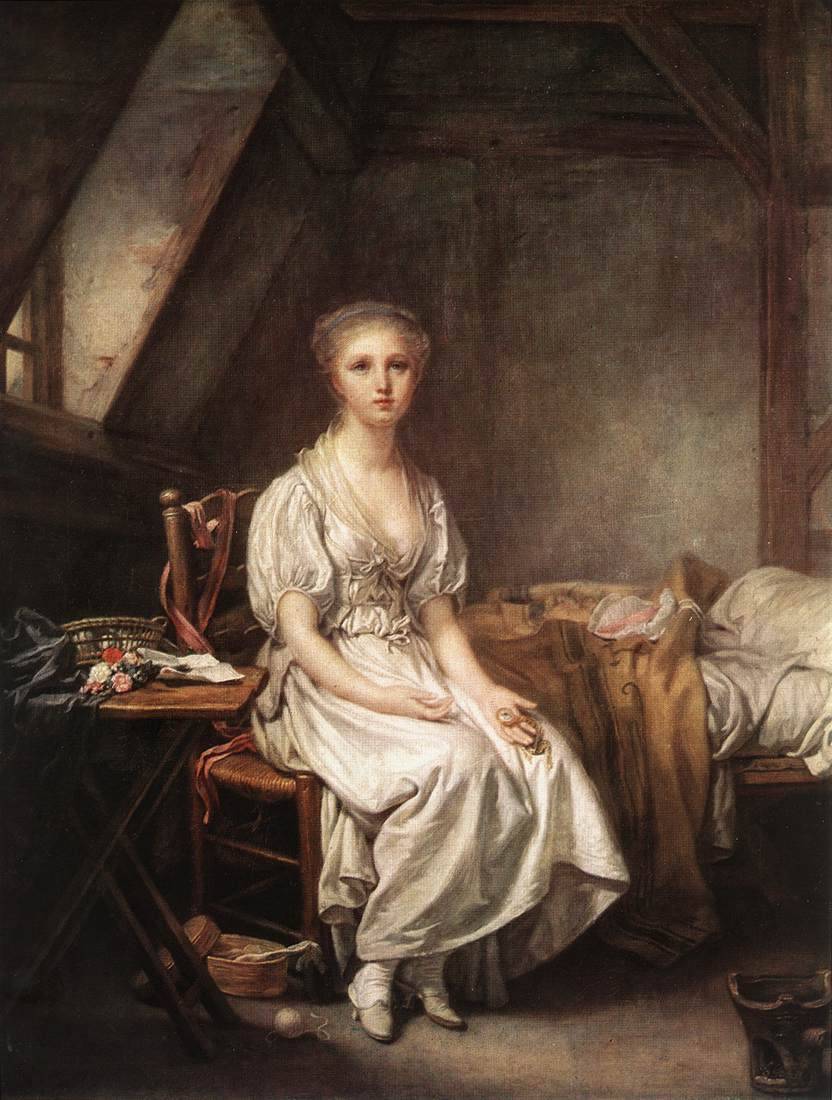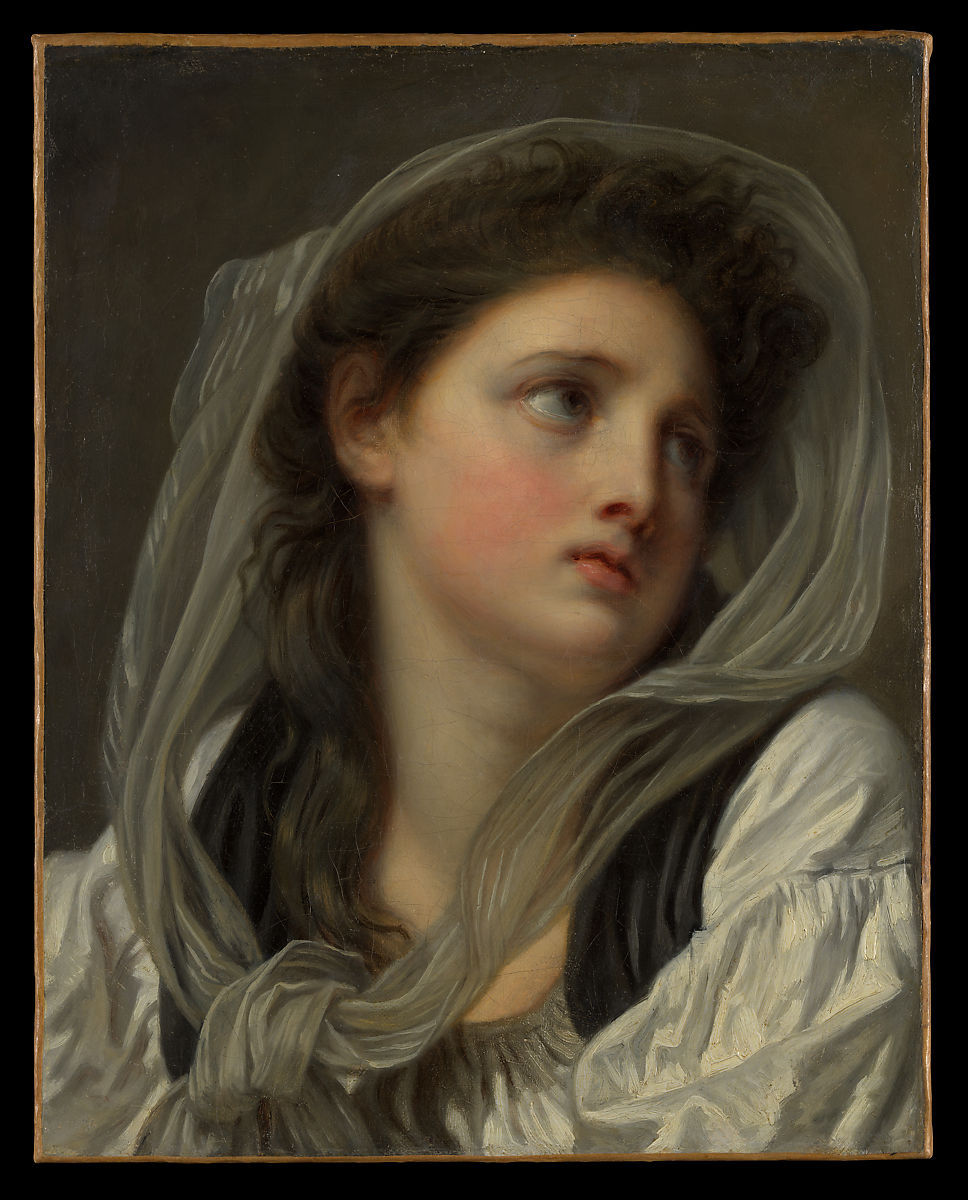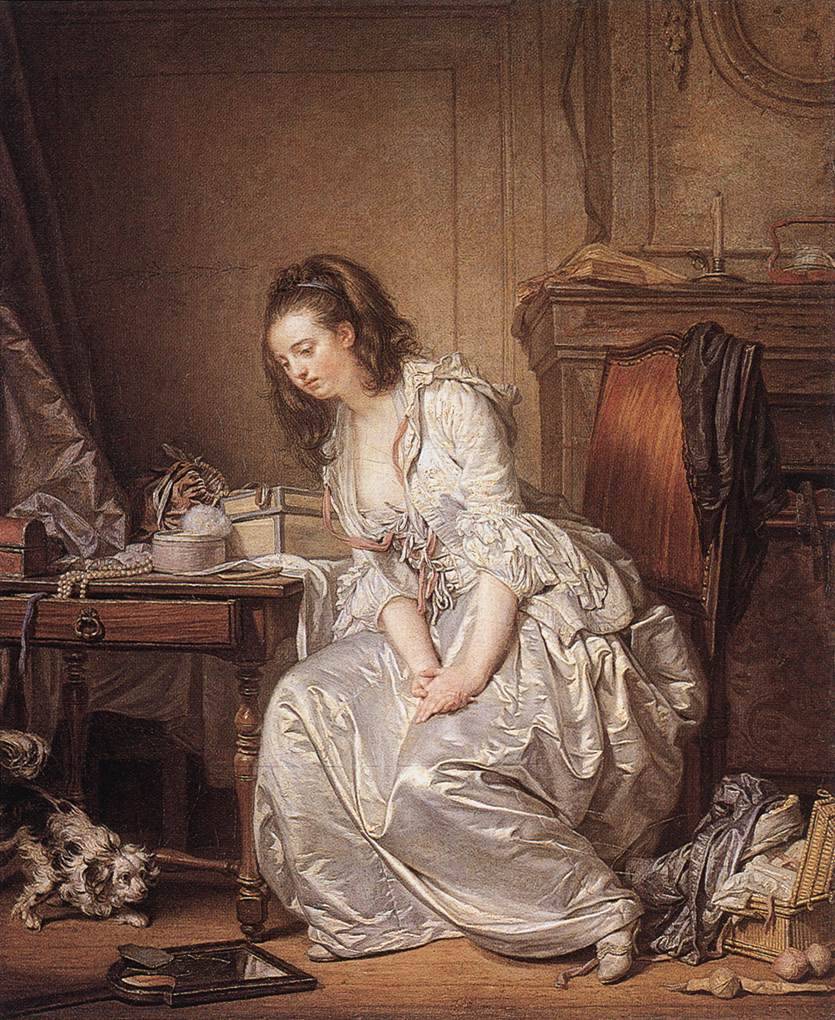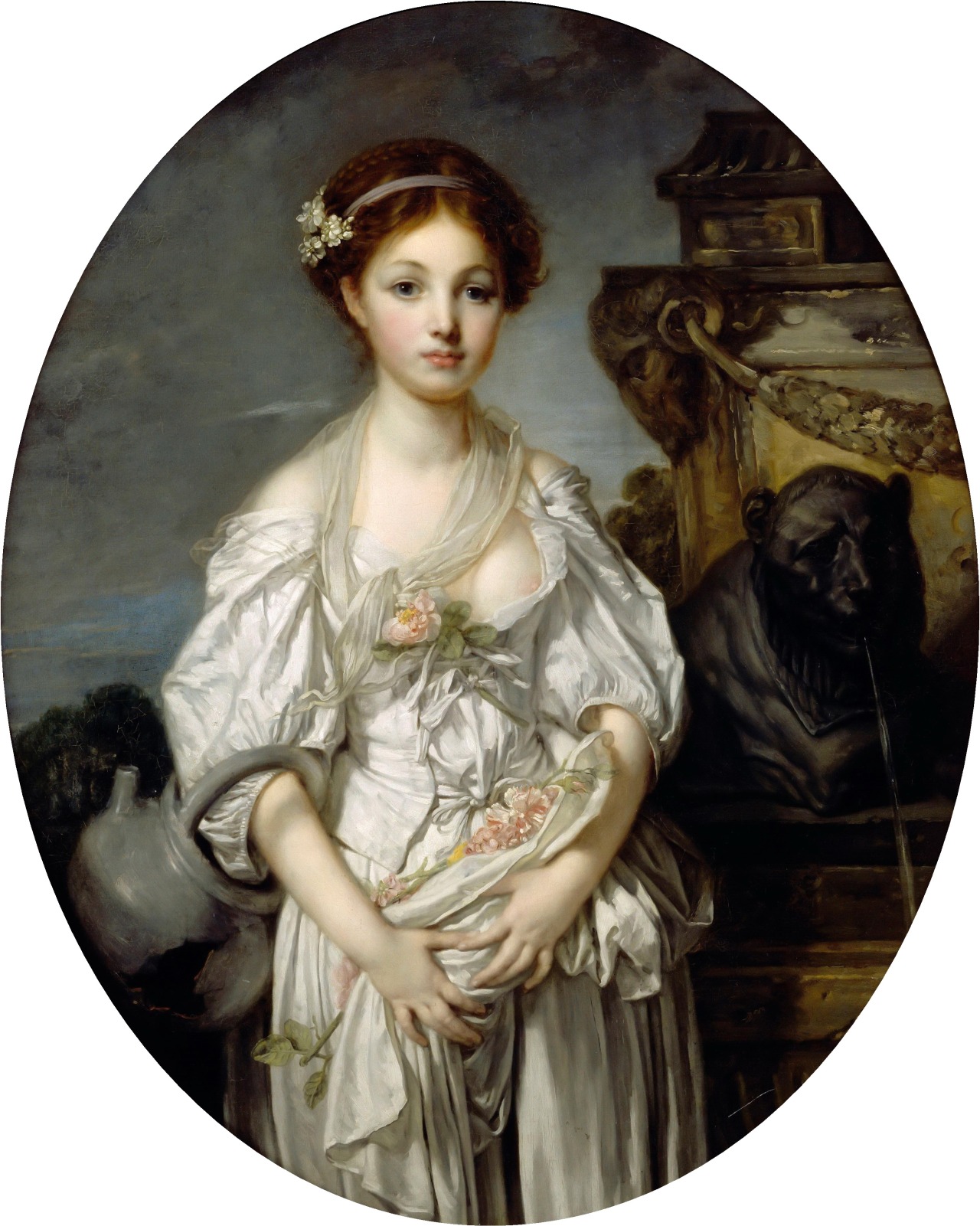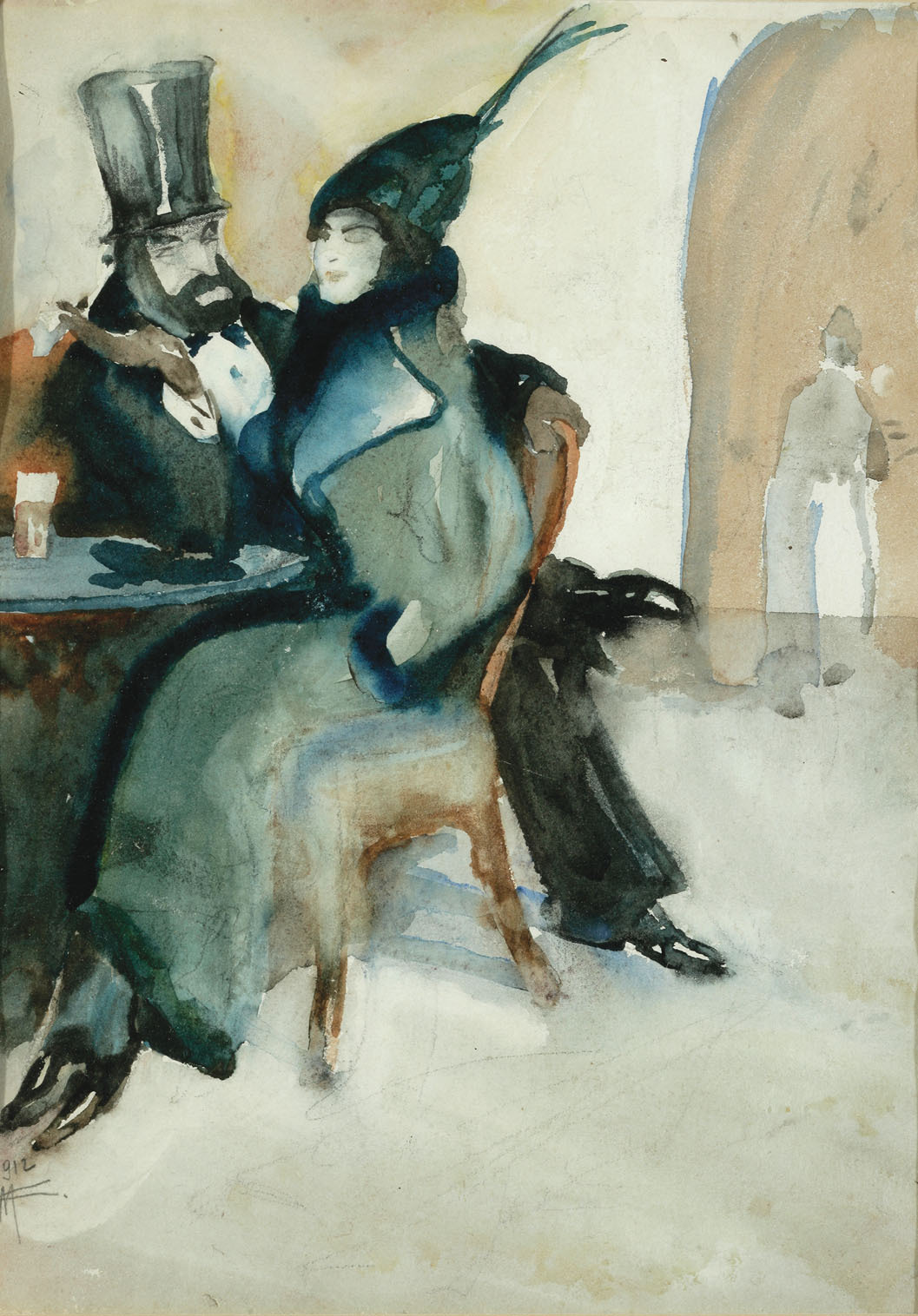“This is the room of a proper jeune fille, the person I am outgrowing or perhaps have never been. It is a room where Modi will never set foot, where his smile will never be caught in the mirror. Yet the thought of him fills every room, every space I go, and replaces the air in my lungs.”
(Linda Lappin, Loving Modigliani: The Afterlife of Jeanne Hébuterne)
 Jeanne Hebuterne, Self-Portrait, 1917
Jeanne Hebuterne, Self-Portrait, 1917
Amedeo Modigliani’s lover, companion, common-law wife and muse Jeanne Hebuterne was born on the 6th April 1898 in Paris. When lilacs start spreading their intoxicating fragrant, the iris is in full bloom, and the sky is all rosy from the blooming magnolias and kwanzan cherry trees, I know that April has arrived. Its warm and fragrant air is coming through the open window into my room and with it arrive the thoughts of Jeanne, carried by the breeze from some strange, far-off land…
It might seem strange, on the day of Jeanne’s birthday and in a post devoted to her, to include in the title the thought about Modigliani; “The thought of him fills every room, every space I go, and replaces the air in my lungs”, but Jeanne and Modigliani were and are so intertwined in the world of art that it would be impossible to write about one without mentioning the other. To write about Jeanne’s life or art without mentioning Modigliani, why, she would be furious! Jeanne adored him and revelled in being his muse, his companion, in belonging to him, darkly and richly – forever. She even, of her own accord, followed him into death, by jumping from the window of her parents’ fifth-floor flat two days after he had died.
I don’t think she would have minded it at all to be so tied to his name, to be looked at through the lense of Modigliani, to be in his artistic shadow. Why is it with female artists throughout the history that it always needs to be emphasised that they were in the shadow of their artist-husbands? What is so wrong in being in the shadow, in being remembered more as a model and muse than a painter? To a woman in love, to me, even a shadow of a man I love would be an abode of lightness, a glowing garden with lanterns and fireflies, a moonlit night, and I would not mind dwelling there. Knowing Jeanne’s mad, wild, steady adoration of Modigliani, I am sure she felt the same way.

Photograph of Jeanne, c. 1918
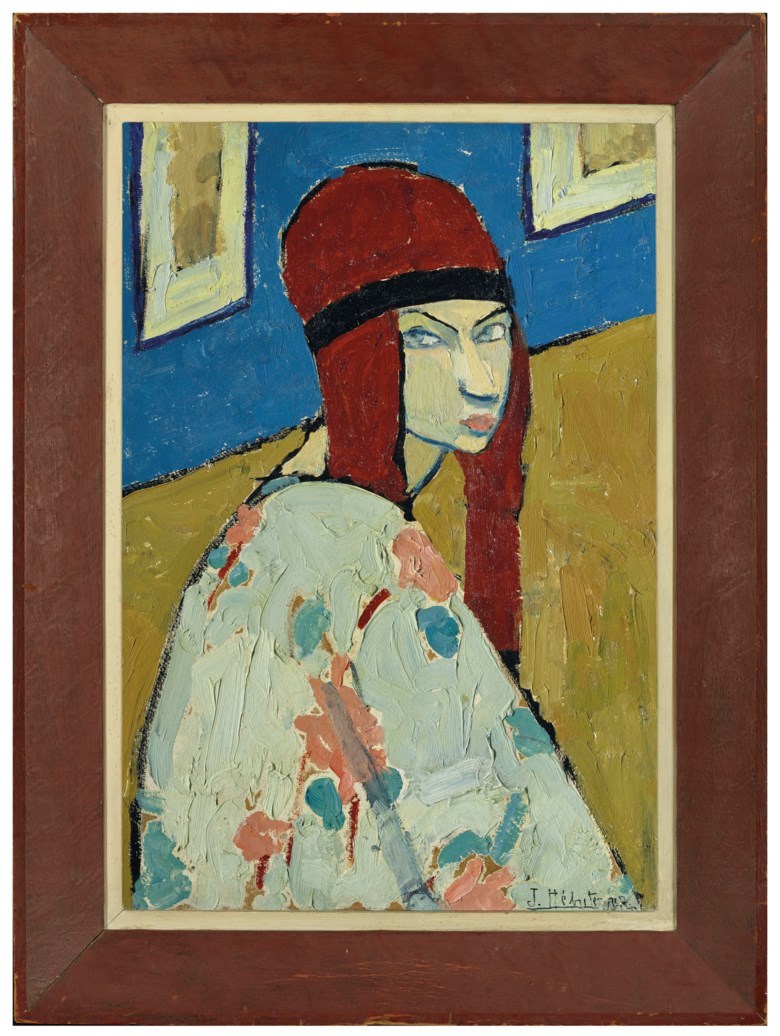
Jeanne Hebuterne, Self-Portrait, circa 1917
A maiden touched by love, just as a flower touched by the warm rays of sun, is starting to bloom into a woman. Malleable as clay, breakable as a porcelain vase, it is up to the man, to Modigliani, to either shape her into a beautiful woman or to leave her as a broken pitcher in Greuze’s painting. This delicate moment, the dawn of her womanhood, standing at the threshold, the excitement and fear; the trust, the hope – the surrender. I know how it feels, and I know how it must have felt for Jeanne and when I gaze at her self-portrait, the first one in the post, all in shades of blue, like the peacock, like the sea, like the garden of irises, hyacinths and forget-me-not. Although the photographs of Jeanne are all black and white, we do know that her hair was auburn and her eyes blue and it is the same in the self-portrait. And there is something of a lioness in her face, a fire under the quiet, reserved, melancholy exterior. I do find her exquisitely beautiful. But this is not Jeanne as she sees herself in the mirror, this is not the Jeanne as she sees herself, but Jeanne as seen through the eyes of man who loves her, through Modigliani’s eyes. How beautiful you are, when you look at yourself through the loving eyes of someone who loves you. When touched by love, it is as if for the first time you truly see yourself, as if the other person is a mirror and you look and you think; I exist and someone loves it. To quote Sartre, our entire existence seems suddenly to have a justification. When they look at me, what do they see? What is it about me, my face, my body, that they love? What beauties, what qualities do they see in me? You look at yourself trying to find an answer to those mysteries. Jeanne looked and Jeanne painted, seeking what Modigliani saw – in her. Spured by love on a quest to see oneself as one is, this is what I think is the motif behind these self-portraits.

Jeanne Hebuterne, Self-Portrait, 1918
Two Aprils ago I was fortunate enough to have received the newly published novel “Loving Modigliani: The Afterlife of Jeanne Hébuterne” by Linda Lappin. You can read my book review about it here. I was instantly drawn by the title alone and the way the novel begins in medias res, with Jeanne’s fall from the window, and the way everything was told from her point of view. Jeanne, as a ghost, is leading us through the tale of her love for Modigliani whom she desperately wants to find now that they are both dead. What can be more romantic than that!? It is almost like the tale of Orpheus and Euridice but in reverse; would Jeanne look back and would all be lost? I don’t know…
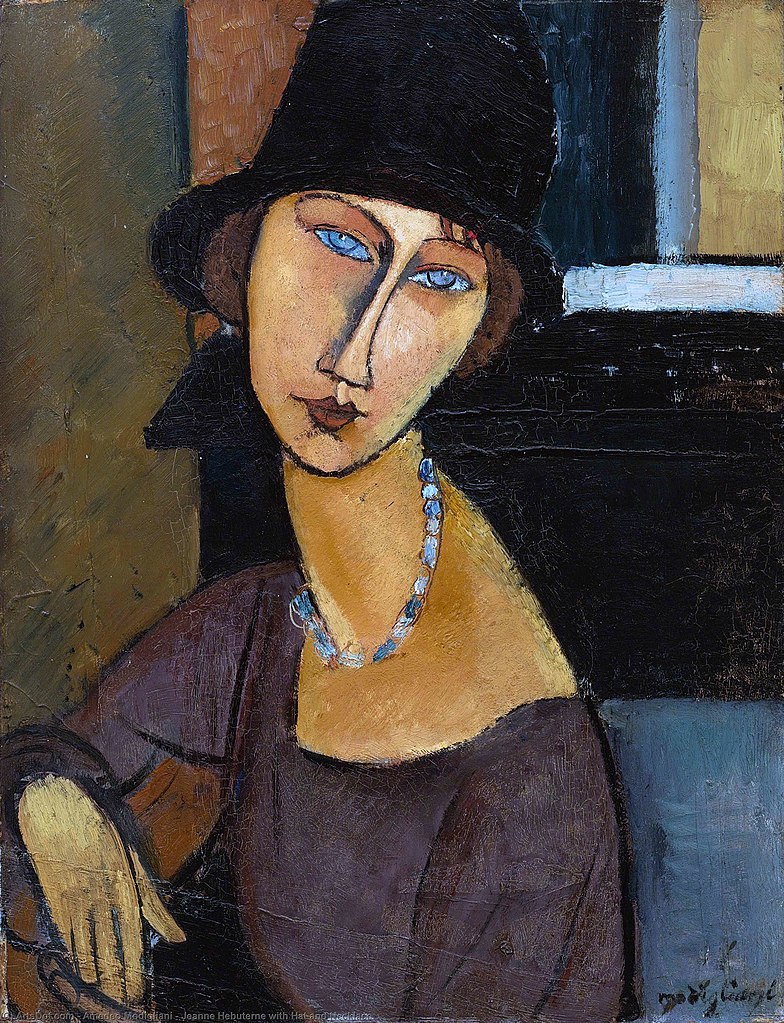
Amedeo Modigliani, Jeanne Hébuterne with Hat and Necklace, 1917
But here is the full quote from the novel; a part of Jeanne’s “imaginary diary”. It isn’t Jeanne’s real diary, but it feels very relatable to me and very much how I would imagine Jeanne’s diary would have been:
“I prop myself up on the pillows and reach for the coffee. The cheval mirror in the corner by the great armoire gives me back myself. My dark hair streams down over my shoulders in my chaste white shift, with its collar edged in lace made by the knotted hands of an old Bret-on woman. I gaze about the room as I sip, at the writing table piled high with notebooks and sketchbooks, my precious violin in its battered black case neatly tucked on a shelf, a hamper of drawing and painting supplies and on top of that my sewing basket. Stuck in the oval mirror above the washstand with its skirt of rosebuds is a photograph of André in uniform—with a dedication to my darling Nenette—and next to the photograph is the Tarot card of the Lovers. This is the room of a proper jeune fille, the person I am outgrowing or perhaps have never been. It is a room where Modi will never set foot, where his smile will never be caught in the mirror. Yet the thought of him fills every room, every space I go, and replaces the air in my lungs.”




